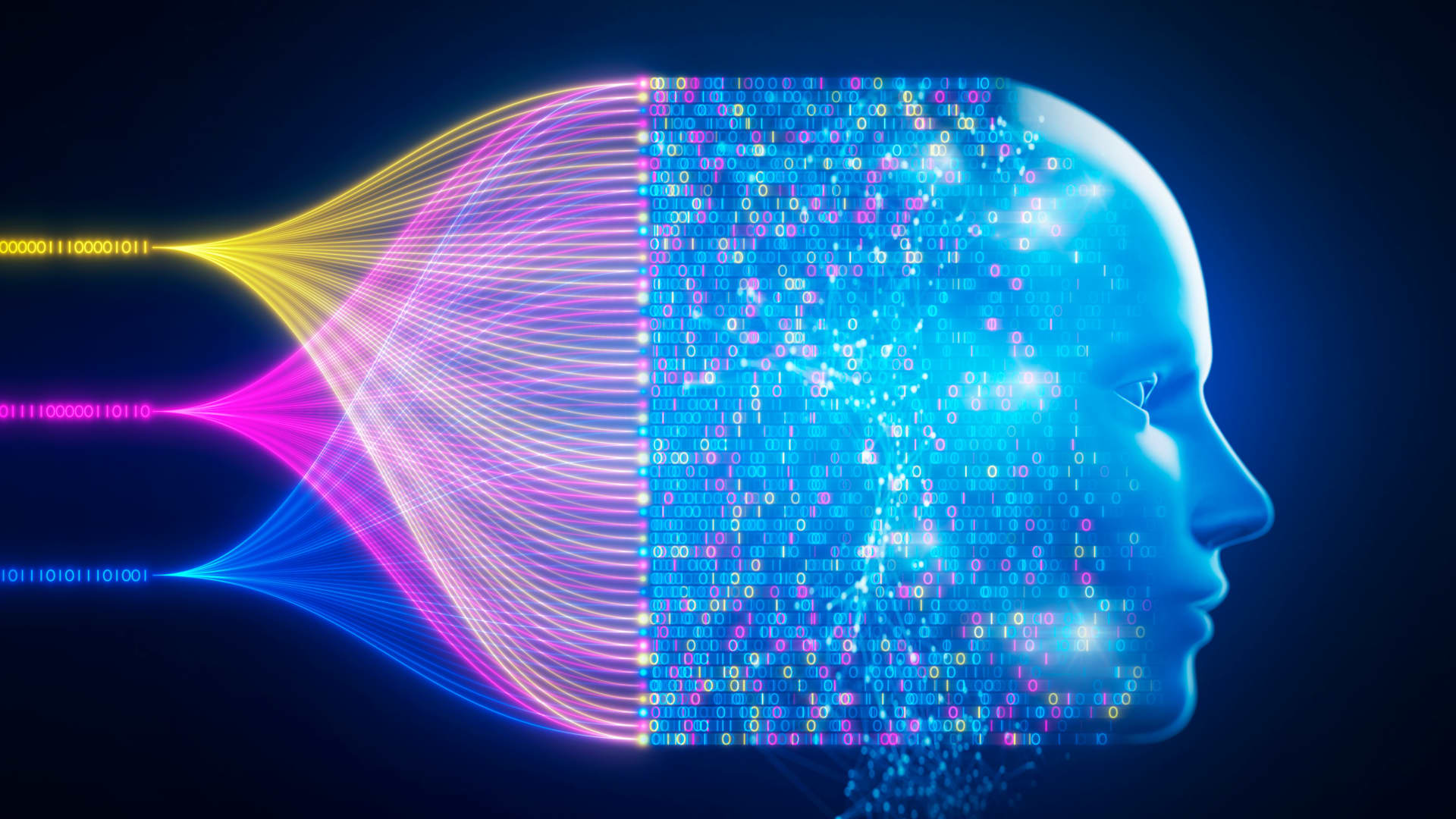AI Undress: The Controversial Technology That’s Changing Privacy As We Know It
Let’s cut to the chase, folks. AI undress is a topic that’s been making waves across the internet, sparking heated debates about privacy, ethics, and technology. It’s not just some random buzzword; it’s a real thing that’s raising serious concerns about how far technology should go when it comes to personal boundaries. Whether you’re aware of it or not, this tech has the potential to impact everyone, and that’s why it’s crucial to understand what it is and what it means for you.
Picture this: an image of someone, completely innocent, uploaded online. Then, with a few clicks and some advanced algorithms, that image is manipulated to make it look like the person is naked. Sounds like something out of a sci-fi movie, right? Unfortunately, it’s not. This is the world of AI undress, where artificial intelligence meets privacy invasion in ways we never imagined possible.
The implications of AI undress go beyond just creepy tech. It’s about power, control, and the erosion of trust in digital spaces. As we dive deeper into this article, we’ll explore what AI undress really is, how it works, and most importantly, what you can do to protect yourself in a world where privacy seems to be slipping through our fingers.
- Violet Myers Twitter The Rising Star Of Social Media
- Vegam Movie The Ultimate Guide To The Future Of Gaming Movies
What Exactly is AI Undress?
AI undress, in its simplest form, is the use of artificial intelligence to remove clothing from images or videos. It’s not just about editing pictures; it’s about using machine learning algorithms to analyze and manipulate visual data in ways that mimic reality. Think of it as the next level of Photoshop, but with a twist that’s both fascinating and terrifying.
How Does AI Undress Work?
Here’s the science-y part. AI undress relies on deep learning models, specifically generative adversarial networks (GANs). These networks are trained on vast datasets of images, learning patterns and textures to create realistic outputs. The process involves two main components: the generator, which creates the manipulated image, and the discriminator, which checks the output for realism. Over time, these networks improve, producing results that can fool even the most discerning eyes.
Let me break it down for you:
- Bollyflix Ninja Your Ultimate Guide To Streaming Bollywood Movies
- Why Vegmovies Bollywood Is Taking The Entertainment World By Storm
- Data Collection: The AI is fed thousands of images to learn how different fabrics and textures look.
- Training: Through trial and error, the AI learns to predict what lies beneath the clothing in an image.
- Output Generation: Once trained, the AI can generate a new image where the clothing is seamlessly removed.
It’s like teaching a computer to think like an artist, except this artist has no moral compass.
The Rise of AI Undress Technology
AI undress didn’t just appear overnight. It’s part of a broader trend in AI development where machines are becoming increasingly capable of mimicking human creativity. From generating realistic faces to creating entire scenes from scratch, the technology behind AI undress has evolved rapidly over the past few years. And with each advancement, the line between reality and fiction becomes blurrier.
Why is AI Undress Gaining Popularity?
There are several reasons why AI undress has captured the attention of both tech enthusiasts and critics alike:
- Accessibility: With tools and apps becoming more user-friendly, anyone with basic tech skills can experiment with AI undress.
- Curiosity: Let’s face it, people are naturally curious. The idea of seeing what’s hidden beneath the surface is irresistible to some.
- Controversy: The ethical and legal implications of AI undress have sparked widespread debate, drawing even more attention to the issue.
But popularity doesn’t always equal progress. As we’ll explore later, the rise of AI undress raises some serious questions about its impact on society.
The Ethical Dilemma Surrounding AI Undress
Now, let’s talk about the elephant in the room. AI undress isn’t just a cool tech trick; it’s a Pandora’s box of ethical issues. At its core, this technology challenges our understanding of consent, privacy, and autonomy. Imagine waking up one day to find your image circulating online, altered in ways you never agreed to. That’s the reality for many people affected by AI undress.
Consent and Control
One of the biggest concerns with AI undress is the lack of consent. When someone uploads a photo online, they’re not giving permission for it to be manipulated in such invasive ways. Yet, that’s exactly what happens with AI undress. It strips away control, leaving individuals vulnerable to misuse and exploitation.
Impact on Victims
The consequences for victims of AI undress can be devastating. Beyond the obvious invasion of privacy, there’s the emotional toll of having your image used without your consent. It can lead to harassment, cyberbullying, and even damage to personal and professional reputations. For some, the experience is traumatic enough to cause lasting psychological effects.
Legal Implications of AI Undress
When it comes to AI undress, the law is playing catch-up. Existing legislation around privacy and consent wasn’t designed to handle the complexities of modern technology. As a result, there’s a lot of gray area when it comes to regulating AI undress.
Current Laws and Regulations
In many countries, the use of AI undress may fall under laws related to revenge porn or non-consensual image sharing. However, these laws often focus on the distribution of altered images rather than the creation itself. This leaves a loophole where creators of AI undress tools can argue that they’re not breaking any rules.
For example, in the United States, the PROTECT Our Children Act aims to combat child exploitation, but it doesn’t explicitly address AI-generated content. Similarly, the European Union’s General Data Protection Regulation (GDPR) provides some protections for personal data, but it doesn’t cover all scenarios involving AI undress.
Challenges in Enforcement
Even when laws exist, enforcing them can be difficult. The anonymous nature of the internet makes it hard to track down offenders, and jurisdictional issues complicate cross-border cases. Additionally, the rapid pace of technological advancement means that laws can quickly become outdated.
How AI Undress Affects Different Communities
It’s important to recognize that AI undress doesn’t affect everyone equally. Certain groups, such as women, minorities, and public figures, are more likely to be targeted by this technology. This creates a power dynamic where marginalized communities are further disadvantaged.
Women and AI Undress
Women are disproportionately affected by AI undress. Studies show that they are more likely to have their images manipulated and shared without consent. This not only reinforces harmful stereotypes but also perpetuates a culture of objectification and exploitation.
Public Figures and Celebrities
Celebrities and public figures are also frequent targets of AI undress. Their visibility makes them easy prey for those looking to generate clicks or create controversy. While they may have access to better legal resources, the damage to their reputation can still be significant.
How to Protect Yourself from AI Undress
So, what can you do to protect yourself in a world where AI undress is becoming more prevalent? Here are a few tips:
- Be Cautious with Sharing: Think twice before posting photos online, especially if they include sensitive or revealing details.
- Use Strong Privacy Settings: Adjust your social media privacy settings to limit who can see your photos.
- Monitor Your Digital Presence: Regularly check for unauthorized use of your images and take action if necessary.
- Report Abuse: If you discover an altered image of yourself, report it to the platform and seek legal advice if needed.
Remember, prevention is key. The more proactive you are, the better your chances of avoiding the pitfalls of AI undress.
The Future of AI Undress
Looking ahead, the future of AI undress is uncertain. On one hand, advancements in AI technology could lead to stricter regulations and better safeguards. On the other hand, the same technology could become more accessible, making it harder to control its misuse.
Potential Solutions
Some experts suggest that the solution lies in developing countermeasures. For instance, watermarking technology could help identify altered images, while encryption tools could protect personal data. Additionally, public awareness campaigns can play a crucial role in educating people about the risks of AI undress.
What’s Next?
Ultimately, the path forward will depend on collaboration between tech companies, lawmakers, and the public. It’s a complex issue that requires a multifaceted approach, but one thing is clear: the conversation around AI undress is just beginning.
Conclusion: Take Action Today
To wrap things up, AI undress is a double-edged sword. While it showcases the incredible capabilities of artificial intelligence, it also highlights the dangers of unchecked technological advancement. As individuals, we have a responsibility to stay informed and take steps to protect ourselves.
I urge you to share this article with your friends and family. The more people know about AI undress, the better equipped we’ll be to tackle its challenges. Together, we can create a safer digital world for everyone.
Table of Contents
- What Exactly is AI Undress?
- How Does AI Undress Work?
- The Rise of AI Undress Technology
- The Ethical Dilemma Surrounding AI Undress
- Legal Implications of AI Undress
- How AI Undress Affects Different Communities
- How to Protect Yourself from AI Undress
- The Future of AI Undress
- Conclusion: Take Action Today
- Matt Berry Wife The Untold Story Of His Love Life And Family
- Discover The World Of Masafunin Your Ultimate Travel Companion

Free Undress Tool Exploring The Controversy, Technology, And Ethical

Free Undress Tool Exploring The Controversy, Technology, And Ethical

Wall Street may be overlooking this key AI investing area